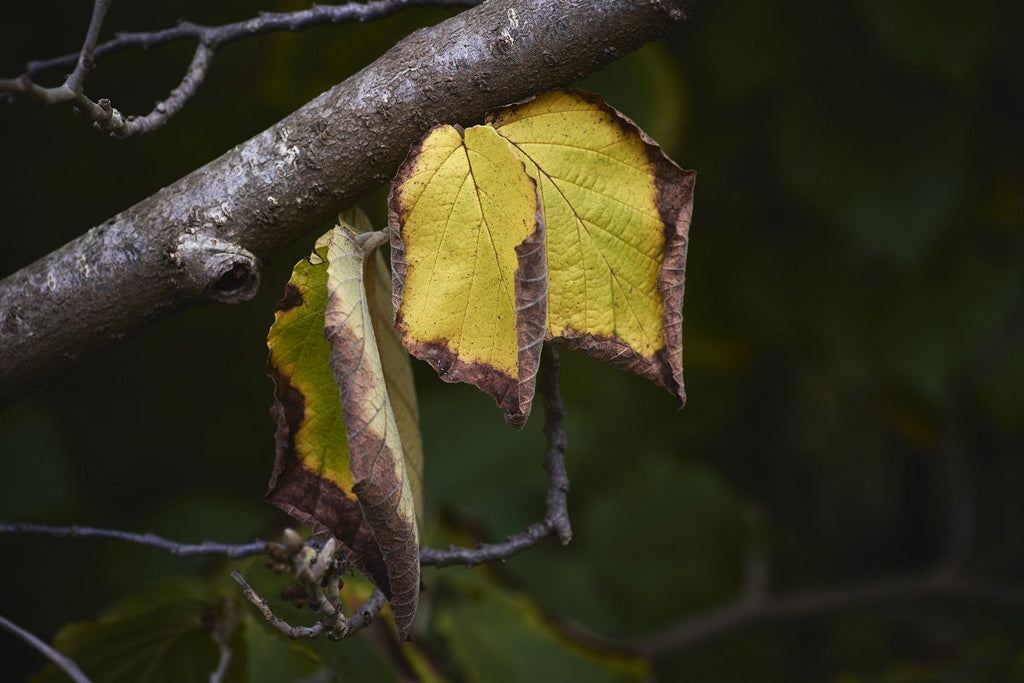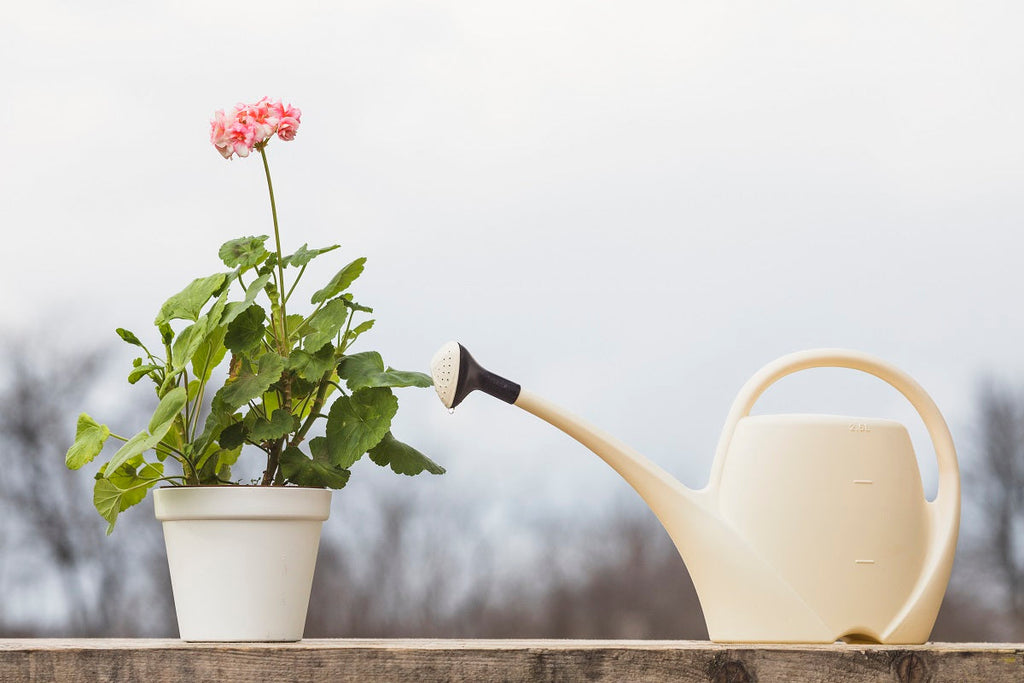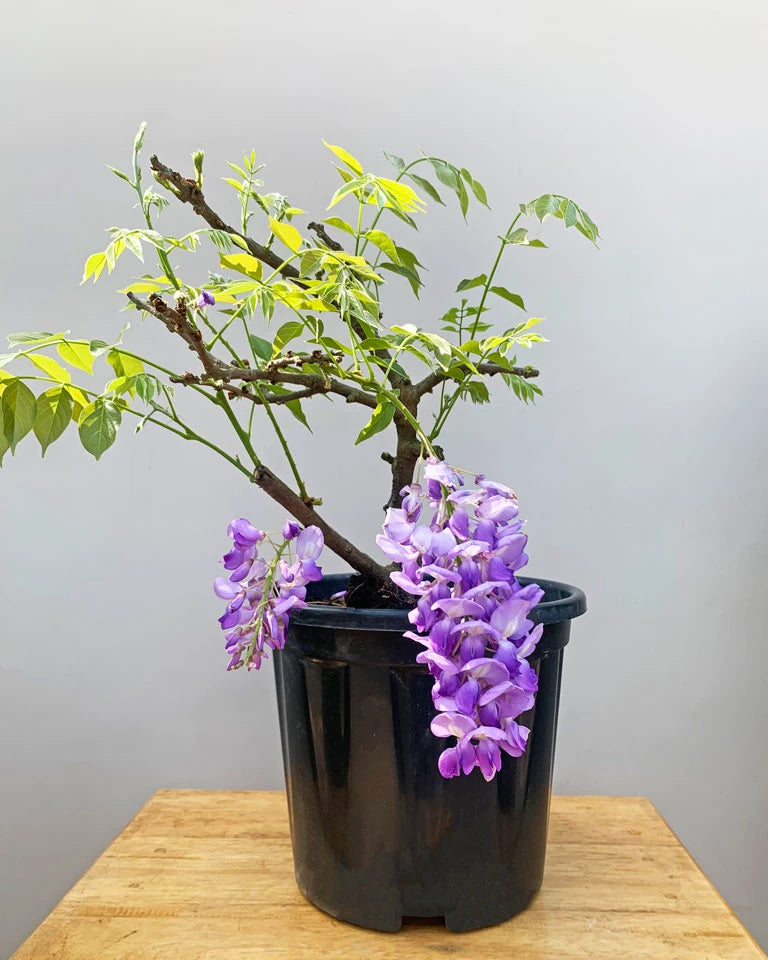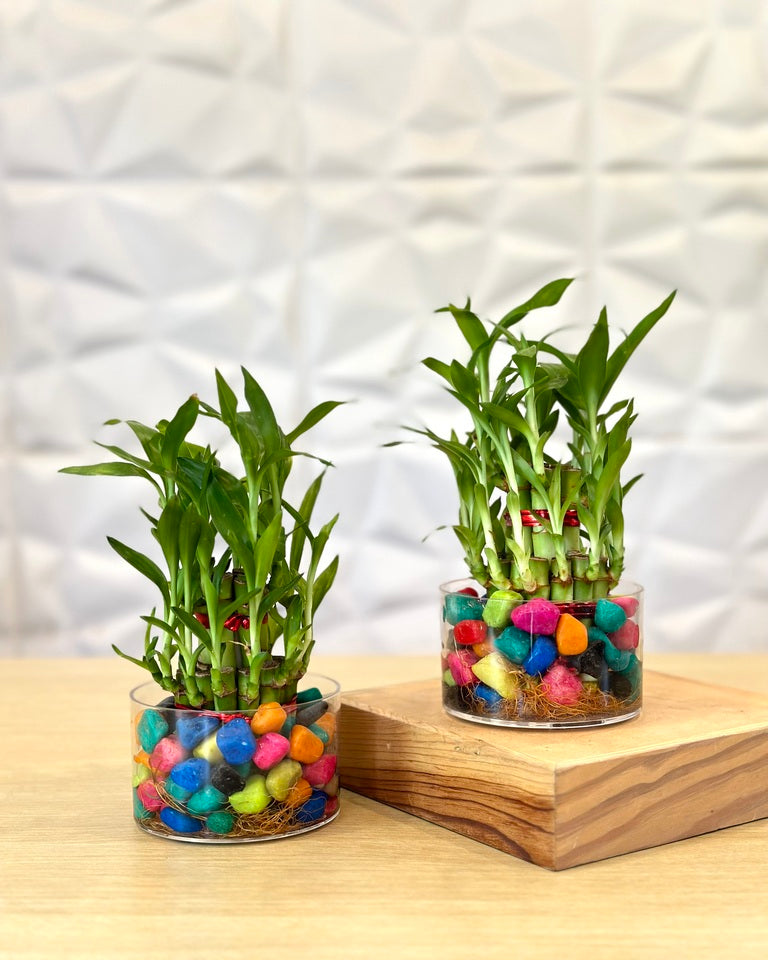
How to Keep Your Poinsettia Healthy All Year Long

Poinsettias are known for their stunning red, pink, and white bracts, often associated with the festive holiday season. But with proper care, these beautiful plants can thrive beyond the holidays and stay vibrant all year. In this blog, we’ll walk you through essential tips on how to care for poinsettia plants throughout the year.
Light Requirements for Poinsettia
Provide Bright, Indirect Light
Bright, indirect light is ideal for poinsettias. Once December ends, make sure to place your poinsettia plant near a window where it can receive at least 6 hours of indirect sunlight daily.
- Tip: A south or west-facing window is ideal, but avoid direct sunlight as it can scorch the leaves. If you buy poinsettia for the first time, make sure you choose a spot that gets ample natural light.
Temperature and Humidity Control
Maintain Ideal Temperature
Poinsettias prefer temperatures between 65°F and 70°F during the day and a cooler temperature around 60°F at night.
- Tip: To prevent leaf drop, keep your poinsettia plant away from air conditioners, heater vents, and cold drafts. Maintaining a steady temperature is essential for poinsettia plant care.
Proper Watering Techniques
Water Regularly but Carefully
When the soil feels dry in the top inch, water your poinsettia. Ensure the pot drains well, as overwatering can lead to root rot.
- Tip: Water the plant thoroughly and let excess water drain out. It's important to monitor the soil's moisture level, especially during winter when indoor heating can dry the air.
Best Fertilizer for Poinsettia Care
Use Peat-Based Humic Fertilizer with Nano NPK
Fertilizing is essential for keeping your poinsettia healthy after the blooming season. Once the colourful bracts start to fade, around March or April, begin fertilizing your plant with a high-quality, peat-based humic fertilizer that contains Nano NPK.
- Tip: Fertilize every two weeks during the growing season for best results. This fertilizer enhances soil quality, promotes root development, and strengthens the plant. When you buy poinsettia care products, make sure to buy Humic fertilizer for optimal growth.
Pruning and Shaping Your Poinsettia
Prune to Encourage New Growth
Pruning is an essential part of year-round poinsettia care. After the bracts fade, trim the plant back to 4-6 inches to encourage new growth.
- Tip: Prune again in late summer to shape the plant before its fall blooming period.
Repotting Your Poinsettia
When and How to Repot
It might be necessary to repot your poinsettia as it grows. If the roots begin to grow out of the drainage holes or the soil dries out too quickly, it’s time for a bigger pot.
- Tip: Use a well-draining potting mix, and repot the plant in spring for the best results.
To encourage your poinsettia to bloom again for the next holiday season, provide it with complete darkness for 12 to 14 hours each night starting in late September. During the day, give it bright, indirect light.
- Tip: This process triggers the plant to produce its colourful bracts just in time for the holidays. Proper light control is essential for poinsettia plant care.
Poinsettia- Best for Home Décor During Festival Seasons
Poinsettias aren't just for Christmas! They are also a perfect decorative piece for festivals like Diwali. Their bright colours enhance any home décor, making them ideal for seasonal celebrations.
- Tip: Use poinsettias as centrepieces or place them around your home for a vibrant, festive touch. Whether you buy poinsettia for Christmas or Diwali, they’re an elegant addition to any festive occasion.
FAQs
1. Can I Keep My Poinsettia Alive After Christmas?
Yes! With the right care, your poinsettia can thrive all year long. Make sure it gets bright, indirect light, consistent watering, and stable temperatures.
2. How Often Should I Water My Poinsettia?
Water your poinsettia plant when the top inch of soil is dry. Be sure the pot has good drainage to prevent root rot.
3. Why Are My Poinsettia’s Leaves Falling Off?
Leaf drops can occur due to temperature fluctuations, overwatering, or drafts. Keep your plant in a stable environment to prevent this.
4. How Do I Get My Poinsettia to Bloom Again?
Simulate natural light cycles by providing complete darkness for 12-14 hours each night starting in late September. Continue this for about eight weeks to trigger blooming.
Conclusion
With the right care, your poinsettia can be much more than just a seasonal plant. Whether you're keeping it indoors or using it as festival décor for Diwali, following these steps will help your poinsettia thrive all year round. From using a peat-based humic fertilizer to providing the right amount of light, these care tips will ensure that your poinsettia stays healthy and vibrant. Buy poinsettia today, and enjoy its beauty in your home throughout the year.

















